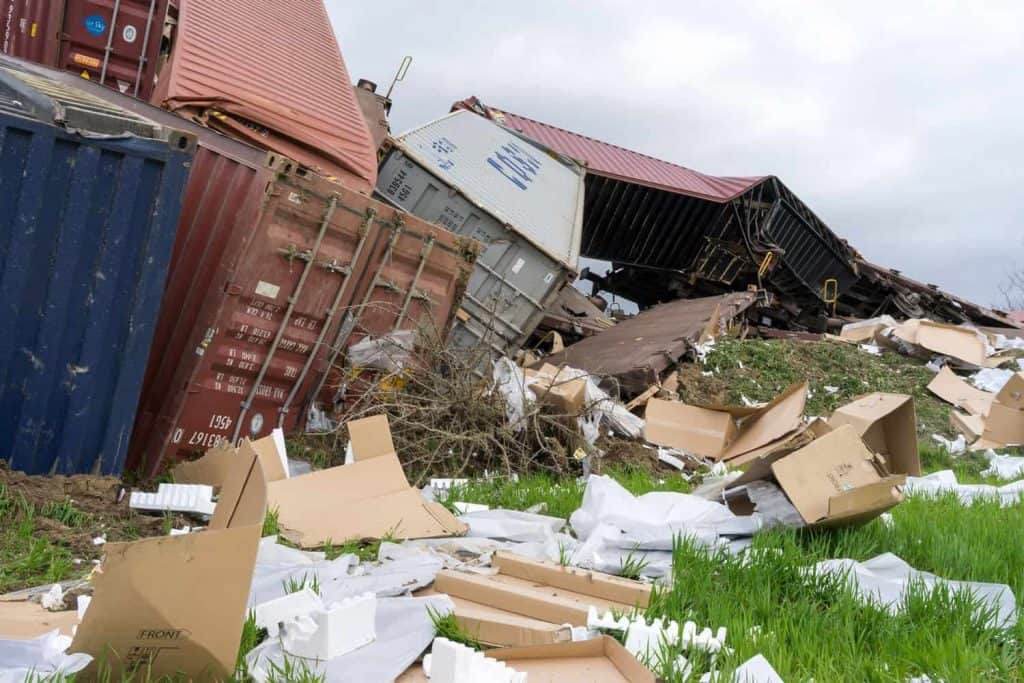All of transportation is wondering how to recruit new drivers to the industry, it’s an ongoing issue that many face. We’ve seen wages rising which is good, trucks getting more comfortable which is good, and more events going on with opportunities to learn more about the industry which is also good. We talk about the people in the industry and the various opportunities for growth and work for the future, so why do we have such a hard time bringing people into the industry? I blame it on the six o’clock news.
If you have been in this industry for any length of time you will know how good this industry is and that what you hear or see on the television is untrue, that we are not dangerous animals on the road. We also know that many of the incidents happening on the roads are not the fault of the truck driver. I know we can all agree on that. Yet often that same person who is thinking of looking at driving as a possible occupation sees the six o’clock news with another truck crash and wonders if they will even survive and come back to their families. We need to clean up safety to help attract new people to the industry. No matter how high we raise wages or how comfortable we make our trucks people won’t be attracted to work that may cause them harm.

How do we do this? Well if I had the answer to that I would have changed the World already. Unfortunately I don’t have an answer that would solve that problem in one swoop. I do have some ideas that would help, but how well they could be implemented would be another thing.
First we need to focus on education and not just for drivers, but for the motoring public at large. Every driving test should have questions regarding commercial vehicles and all driving programs whether for commercial vehicles or not should include training on driving around large vehicles. Anyone that tows a trailer with a non-commercial vehicle such as a camper trailer should have to go and get a permit showing they have passed a knowledge test driving with a trailer and have an hours of service component to it.
We often hear about accidents on the roads but we rarely see the outcome of the investigations to show whether it was the fault of the truck driver or car drivers in incidents. A truck may be in an incident but that doesn’t mean it is their fault. We need to show the public the whole story so they see the actual statistics as we do in the industry.
This point will be the hardest to implement but why haven’t we added HOV lanes for commercial vehicles. There should be a separate lane for commercial vehicles allowing them to move through high traffic areas without cars playing their games on the highway. That would take us a long way in improving our safety if many of the consumer vehicles are the problem. The movement of goods should be a priority in this Country. We keep telling the public how important trucks are to the economy, maybe we should start to show them.
These of course are just my ideas but I thought I would offer them up as food for thought. We are always looking to improve safety and this may be a start. We all need to do our part to make the roads safer.
About the Author
Bruce Outridge has been in the transportation industry for over 30 years. He is an author of the books Driven to Drive and Running By The Mile, and host of The Lead Pedal Podcast. TTSAO also known as the Truck Training Schools Association of Ontario has certified member schools in the truck training vocation ensuring quality entry level drivers enter the transportation industry. To learn more about the TTSAO or to find a certified school in your area visit www.ttsao.com

